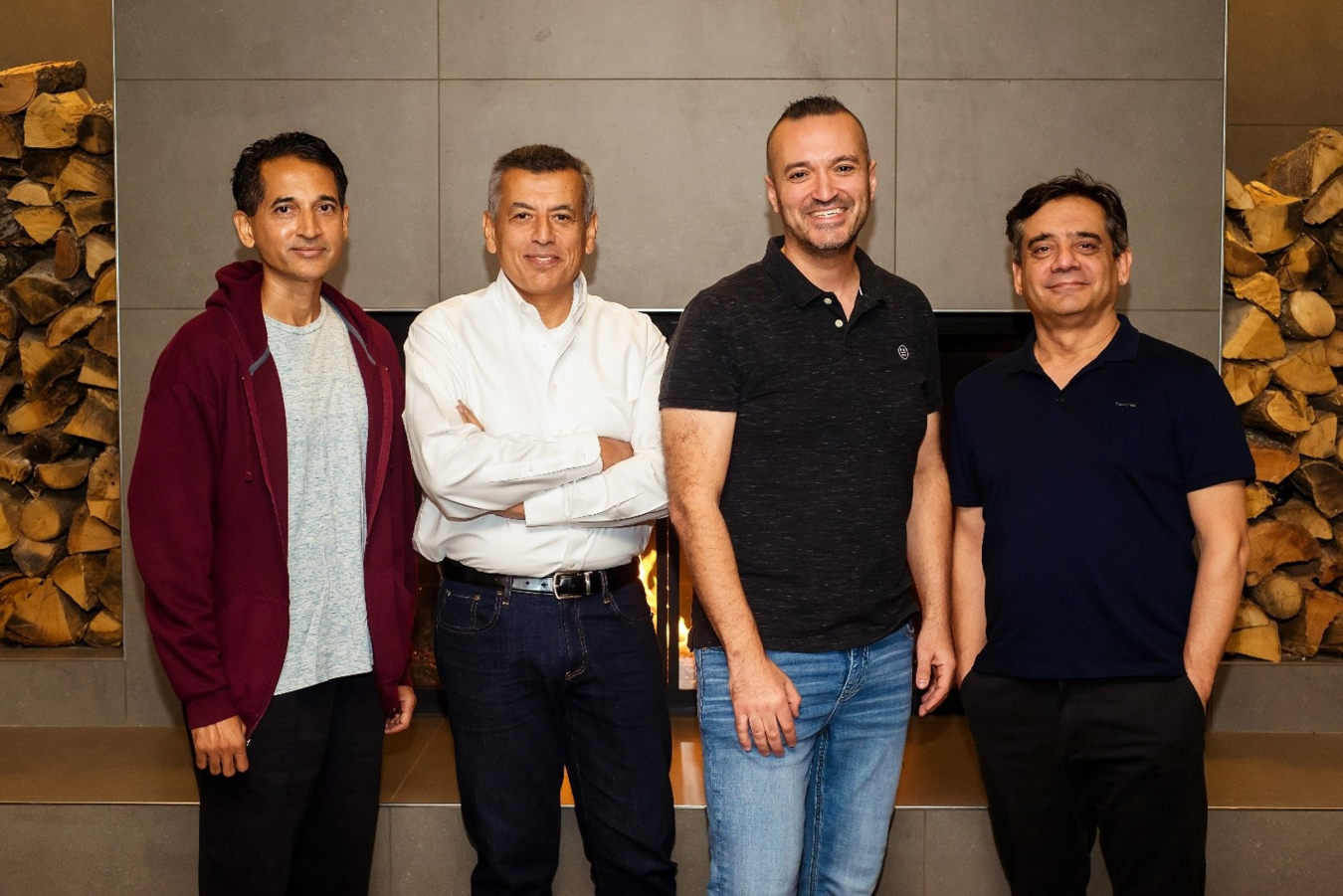Ugur Mertyurek, a nuclear scientist from ORNL, participated in Energy I-Corps Cohort 17 funded by the DOE Office of Nuclear Energy and used the program to pivot the main value proposition of his mutual information analytics technology.
Office of Technology Transitions
October 24, 2024Ugur Mertyurek, a nuclear scientist from Oak Ridge National Laboratory, participated in Energy I-Corps Cohort 17 funded by the U.S. Department of Energy’s (DOE’s) Office of Nuclear Energy and used the program to pivot the main value proposition of his mutual information analytics (MIA) technology. While he was initially focused on improving reactor simulations, after speaking directly with individuals in industry, Mertyurek discovered that what the market actually needed was greater confidence in artificial intelligence (AI) decision-making. Energy I-Corps provides researchers from DOE National Laboratories with the skills to bring their innovative technologies to market. The program includes two months of commercialization training, helping teams identify market opportunities and connect with stakeholders. Less than one year after graduating from the program, the team was able to secure three years of DOE follow on funding for their new value proposition, execute a research license to an industry partner, and work towards demonstrations with interested companies.

The MIA technology filters out irrelevant data to ensure AI systems use only the most accurate and relevant information for predictions. This process helps AI focus on the critical data and make better, bias-free decisions. In this way, the technology enhances the reliability of AI applications across fields even beyond nuclear.
In the fall of 2023, Mertyurek and his team completed the Energy I-Corps program, which marked a pivotal moment in reshaping MIA’s business model.
“When we started the program, our vision was totally different than when we graduated,” Mertyurek said. “Initially, we aimed to provide more accurate reactor simulations and maintenance predictions. Toward the end of Energy I-Corps, we realized this is not what the market needs. The people we talked to really needed greater confidence in decision-making.”
Through interviews with stakeholders, Mertyurek gained valuable insights that refined his approach and established important industry connections.
“We were taught how to conduct the interviews—do not give information, try to extract it instead,” he said. “It helped us reshape our business model as well as make contacts for the future.”
Since completing the program, the MIA team has achieved significant success in securing follow-on funding and developing licensing opportunities. Notably, MIA received $2.2 million in funding from the DOE’s NA-22 Data Science Program to support three years of research aimed at improving the accuracy of AI systems across various DOE programs.
MIA has also licensed their system to CovertDefenses, a consulting and research firm, to help develop it into a market-ready product. The current research license allows CovertDefenses to use MIA’s technology as they develop it further, with plans to transition to a full commercial license.
Additionally, Mertyurek is working with General Electric to demonstrate MIA’s capability on the company’s reactor core monitoring system, with the potential for a commercial license on the horizon. Other vendors have also shown interest, signaling a promising future for the technology.
“These are just baby steps for the technology, but they will open up possibilities,” Mertyurek said. “New customers will be more willing to try new systems, new methodologies, and new technologies once we’ve shown MIA can increase confidence in reactor predictions.”

